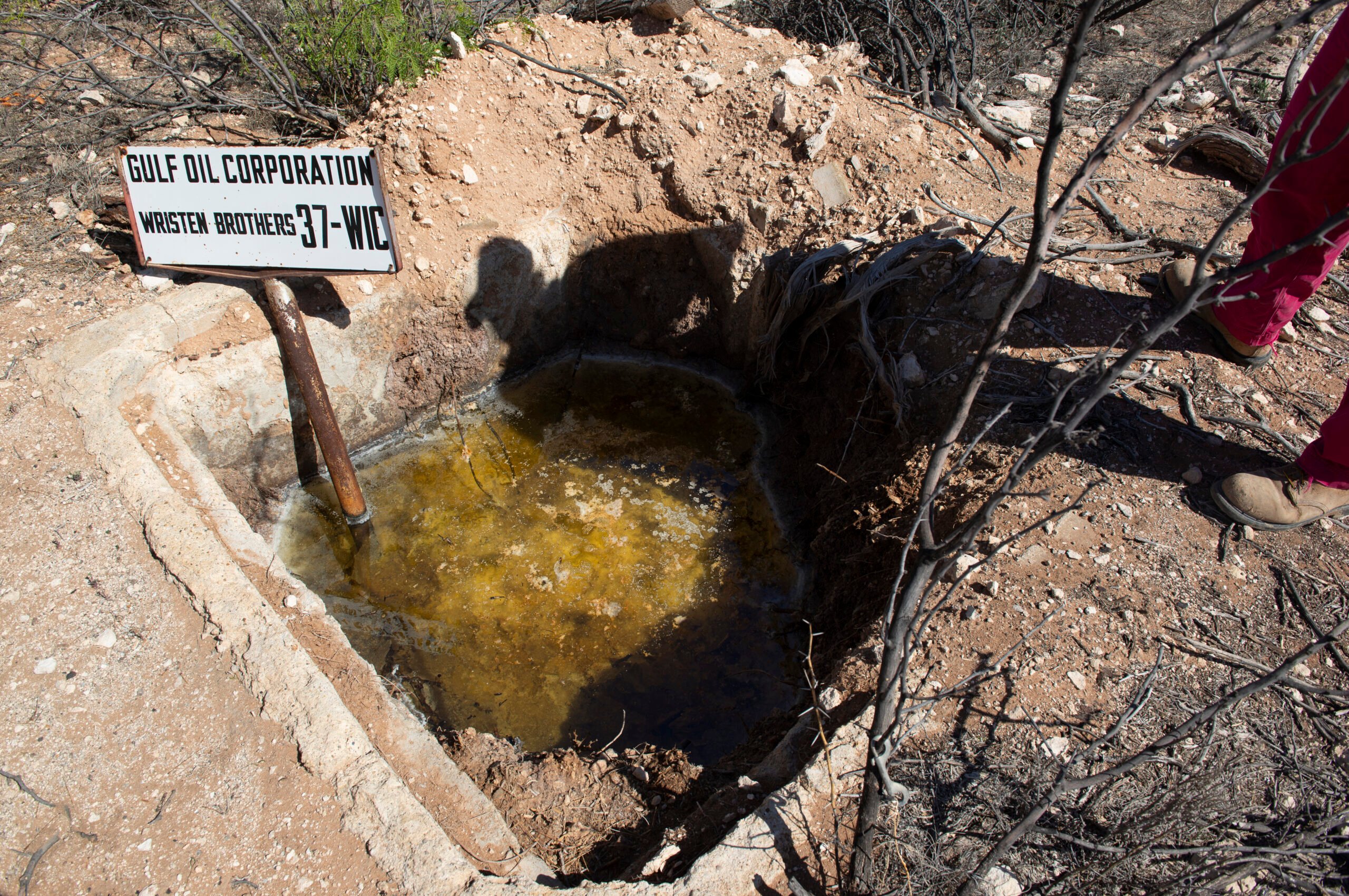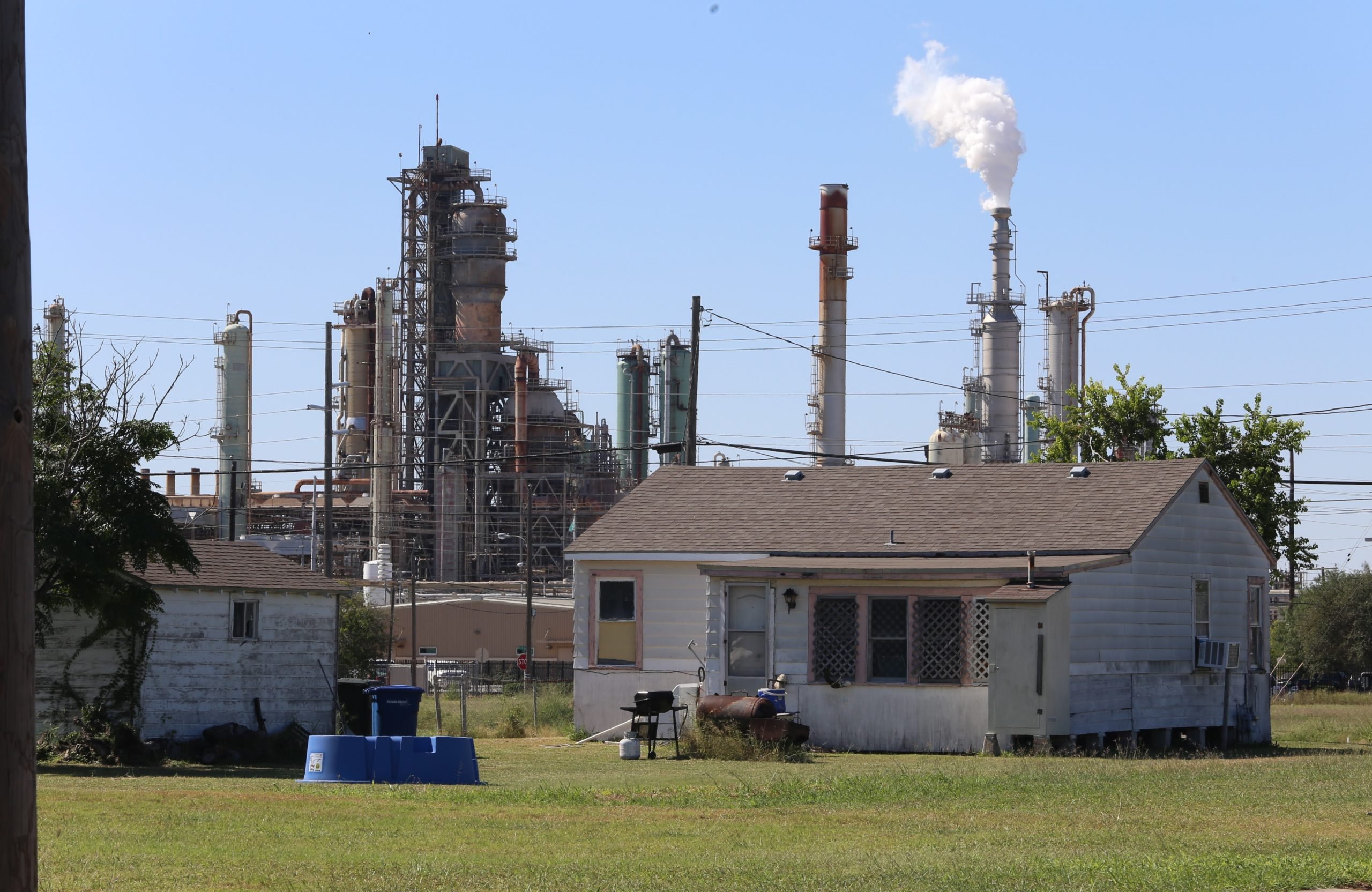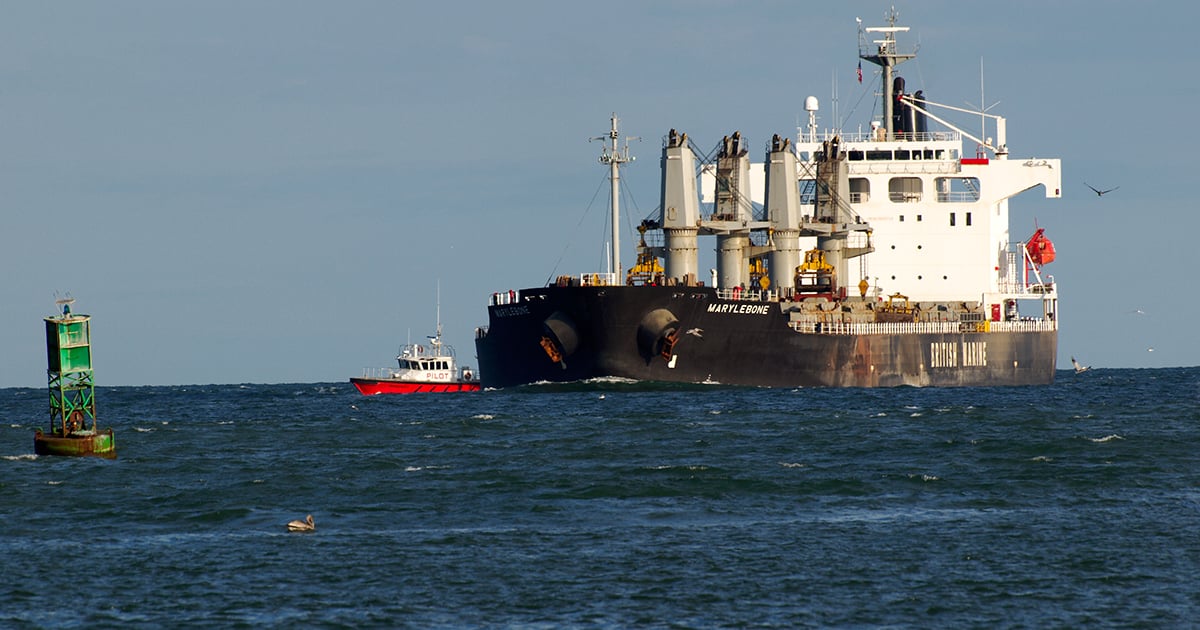
Port of Corpus Christi Pushes Ahead with Oil Terminal Project, Environment Be Damned
As the agency courts tankers that can carry 2.2 million barrels of crude each, activists worry that the plan could spoil the habitats of the aquatic species that thrive here.

In the middle of the Texas Gulf Coast, among a constellation of barrier islands where thousands of Texans come to fish, boat and play each year, lies one of the state’s most pristine and ecologically diverse aquatic habitats. Freshwater outflows from four major Texas rivers combine with Gulf saltwater to support five species of seagrass. An intricate network of bays and estuaries serves as a nursery for young crabs, shrimp and all manner of fish. The success of the small towns that dot this area — many of which were ravaged by Hurricane Harvey in 2017 — hinges on good stewardship of these fragile ecosystems.
But a plan proposed by the Port of Corpus Christi, a governmental body that facilitates sea trade at the elbow of the Texas Gulf Coast, could upend this sensitive habitat, environmental advocates say. The agency is aggressively pursuing a $1 billion project that would allow it to fully load massive tankers with crude oil for export. The ambitious effort would be the first of its kind in the United States: an onshore terminal that could fill “very large crude carriers,” some of the largest seafaring vessels in the world, with 2.2 million barrels of oil at a time.
Such an endeavor would require erecting a hulking new oil loading facility on Harbor Island, just a stone’s throw from downtown Port Aransas, along with significantly deepening and widening shipping channels to accommodate the massive vessels. The development, which is projected to reel in $22 million in its first year, comes as record amounts of crude are being pumped from Texas oil fields for buyers overseas. The petroleum industry has complained that a shortage of export infrastructure has bottlenecked production. Now the Port of Corpus Christi, along with private energy companies, is heeding the call to beef up export capacity along the Texas coast.
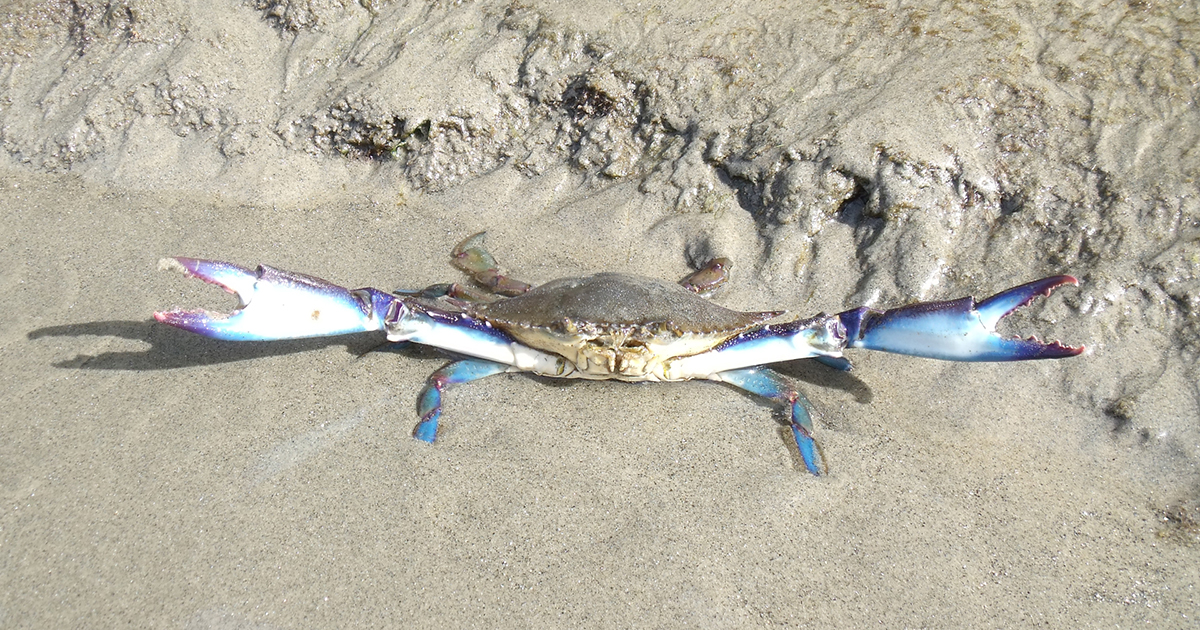
Rick Tinnin, a longtime Port Aransas resident and activist who is the former director of marine education programs for the University of Texas Marine Science Institute, said the industry “couldn’t have picked a worse place” for the project. The terminal would be constructed at the mouth of the port’s shipping channel, which is also where Gulf currents sweep crab, fish and shrimp larvae northward into bays. Dredging the shipping channels from their current depth of 45 feet to 75 feet will churn up silt and sediment underwater, potentially shading out the seagrass and killing it, Tinnin said.
“To put something as potentially dangerous as this project at the mouth of this estuarine system is insane,” he said. “It’s a system, and anything they do to disrupt one part of the system disrupts the whole thing.” Tinnin isn’t the only one with concerns. A new group, the Port Aransas Conservancy, has sprung up to oppose the proposal. In February, locals crowded a city council meeting to express their dismay; city council members later approved a resolution authorizing city staff to mount a legal challenge to the project.
This isn’t the first time the Port of Corpus Christi has pushed such a plan. In 1972, port officials pitched a similar project called “Deeport,” wherein shipping channels would’ve been dug deeper and an oil loading terminal would’ve been installed on Harbor Island to fill tankers with crude. Tinnin, who calls the current plan “Deeport 2,” led the fight against that project, calling public meetings and rallying residents against it. It was shelved amid scrutiny from the U.S. Army Corps of Engineers and opposition from local activists.
“To put something as potentially dangerous as this project at the mouth of this estuarine system is insane.”
Today, the Port of Corpus Christi is already one of the busiest ports in the United States. By tonnage, it’s the fifth-largest port in the country; it’s also a top exporter of crude. Port officials didn’t respond to Observer questions about why the project is moving forward despite environmental risks, or how those risks could be mitigated. But Charlie Zahn, chair of the port’s commission, told the Port Aransas South Jetty in July that he’s heeding a mandate from President Trump to increase the country’s “energy independence.” By the time the proposal is completed, the Port of Corpus Christi will be “the port of the Americas,” Zahn said.
Opponents of the project say they’re also concerned about leaks from the port’s proposed oil terminal or the possible rupture of a pipeline that would snake along Redfish Bay — an area that “contains unique, fragile biological communities,” according to the Texas Parks and Wildlife Department.
When asked by the newspaper about the project’s potential environmental impact, Zahn said pipeline leaks or terminal mishaps could only result in minor pollution. “… It creates a small incident, and you clean it up. The Coast Guard, EPA and TCEQ fine them, and you go down the road. It doesn’t create an environmental disaster like some of these naysayers are saying. That’s normal business.”
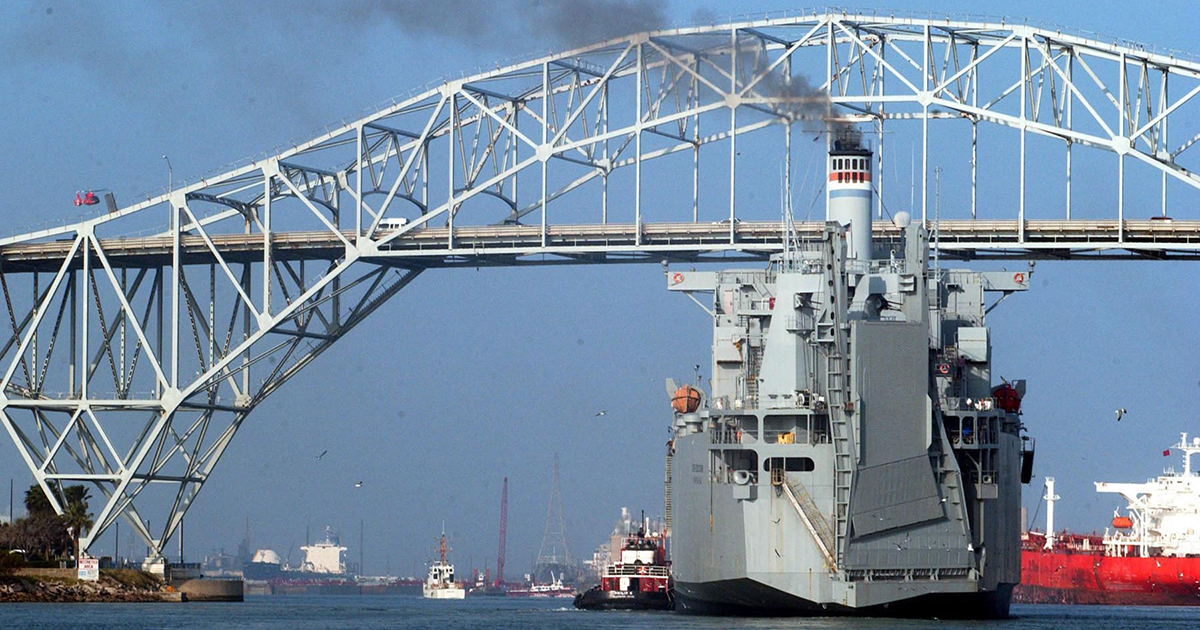
Meanwhile, Trafigura, a Swiss commodity trader, has proposed an alternative plan that appears to pose less environmental risk. The company has floated the idea of constructing a buoyed oil terminal 15 miles off North Padre Island where the large tankers could fill up. No dredging would be required. But the Port of Corpus Christi has attacked Trafigura’s plan, calling it “unfeasible” and environmentally unsafe, along with spending $100,000 to launch a lobbying effort to defeat it.
Chuck Pearson, a resident and member of the Port Aransas Conservancy, said the port’s rejection of the alternative plan boils down to pure greed. “The only reason for it is to put more money in the pockets of the port,” he said. That assertion appears to be borne out by Zahn, who, when asked why the port wouldn’t support an offshore terminal, said, “As the Port of Corpus Christi, I don’t generate revenue from that.”
The people of Port Aransas may have gotten a temporary reprieve in March, when the U.S. Army Corps of Engineers recommended that the port conduct a new “environmental impact statement” before moving forward with the project. That could delay construction until early 2022. A Port of Corpus Christi director told Reuters that the organization would appeal to the Federal Permitting Improvement Steering Council, a Trump initiative to cut regulatory red tape, to speed the review along. The port will begin partially loading the supertankers next year.


